China is among the oldest civilizations in the world. Although today there are some countries considered to be more developed than it is, in the earlier period, China was more advanced than all these countries. Its earlier inventions and discoveries are in fact what have inspired the progress and developments we see today around the world.
Four major inventions are credited to China, however, there are more than most people are not aware of. You may be wondering what these inventions could be. In this post, we will be listing down all the major inventions believed to have been created in Ancient China.
What Did Ancient Chinese Invent?
China has been the source of many innovations, inventions, and scientific discoveries. In Ancient China, scientists made significant technological advances and findings across different scientific disciplines. These disciplines range from natural sciences and astronomy to medicine and engineering.
Although China is mostly known for its four great inventions, that is, paper, printing, gun powder, and the compass, there were other earlier inventions. These included the sundial, abacus, and Kongming lantern. Aside from scientific discoveries, China was also the source of some of the schools of thought in Philosophy, with great philosophers like Confucius. The government systems used in ancient China also inspired those used in most countries around the world.
List Of Ancient Chinese Inventions.
The following are a list of all the important Ancient Chinese inventions, starting with the four great inventions:
The Compass.
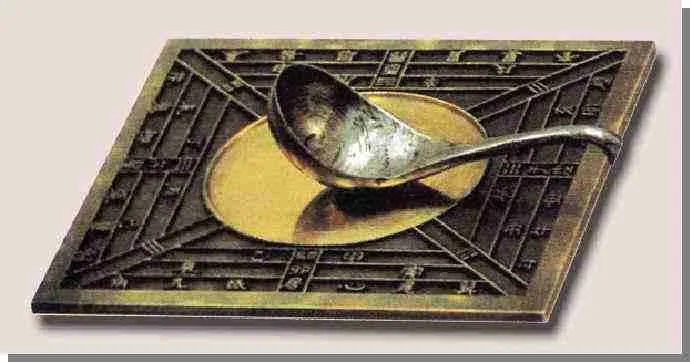
We’re all familiar with what a compass is and how it functions. This navigational instrument has been in existence for thousands of years, ever since it was first invented in Ancient China between the 2nd Century BC and 1st Century AD. At this time, it was mainly used to determine the layout of buildings. Around 1000AD, the Chinese began using the compass in ships to navigate the sea. The Arab traders in China were the ones who introduced this invention to the West, which then spread to the rest of the world, evolving into the compass we know today.
Paper Making.
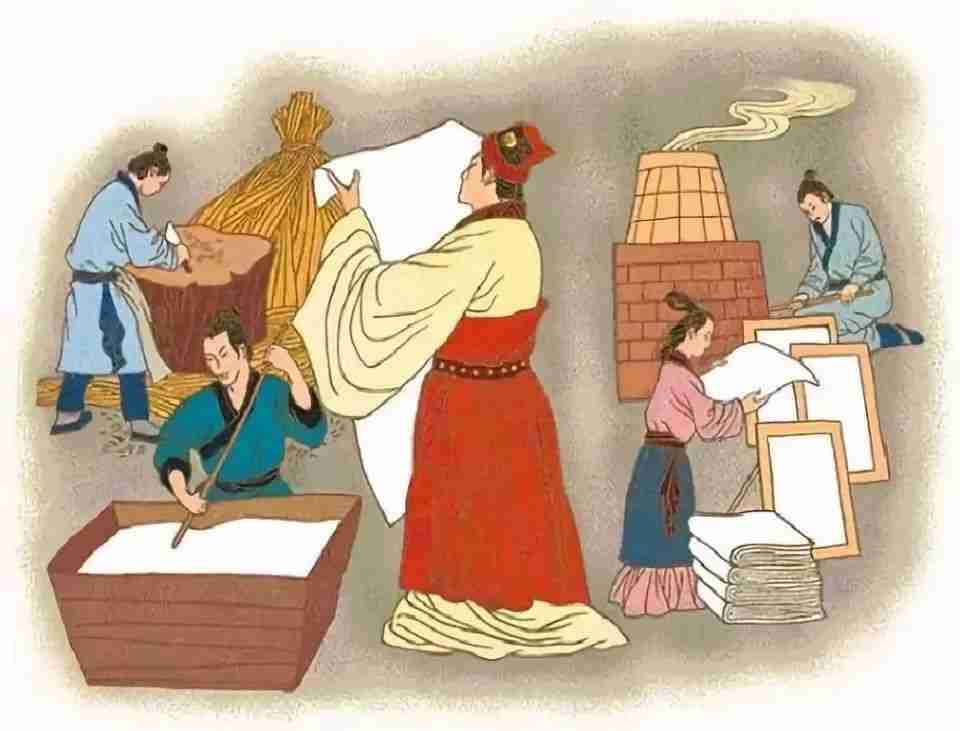
Paper is something we use almost daily. It’s rare to give thought to where it came from and how it was made. The art of papermaking was started in Ancient China and has greatly affected human history as we know it. Before paper existed, many people used animal hides or leaves. While hides were more durable, leaves were perishable.
Although the paper was in China ever since 105 AD it wasn’t until Cai Lun, a eunuch, made a significant innovation that the adoption of paper making became widespread. His innovation involved adding hemp ends and tree bark to the paper mix, which led to an advanced paper-making technology resulting in the large-scale manufacture of paper. His technique spread to central Asia and later to the rest of the world. It is still generally used in the modern paper-making process today.
Gun Powder.
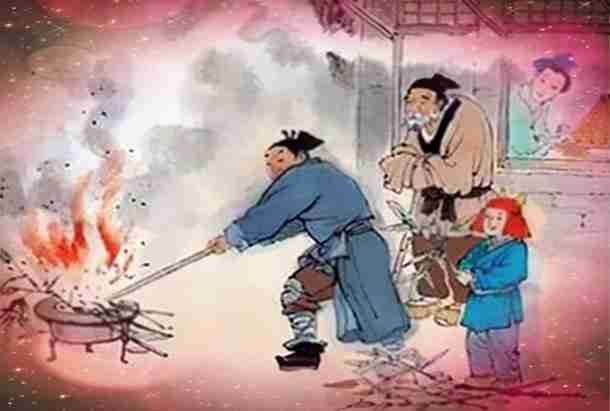
Of the four great inventions, gunpowder was more of an accidental discovery made by Taoists alchemists in Ancient China. They were trying to come up with a life-lengthening elixir by mixing charcoal, elemental sulfur, and saltpeter around 850 AD. Their experiment led to the invention of a low explosive black powder that would become the basis of almost all weapons used in war.
It wasn’t until 904 AD, however, that gunpowder was introduced into war. The use of gunpowder later spread to Europe around the 13th century. While the Chinese mainly used gunpowder in firecrackers, the Europeans used it in grenades, canons, and rifles, and this was ironic how the Europeans dominated China in the mid-1800s.
Printing.
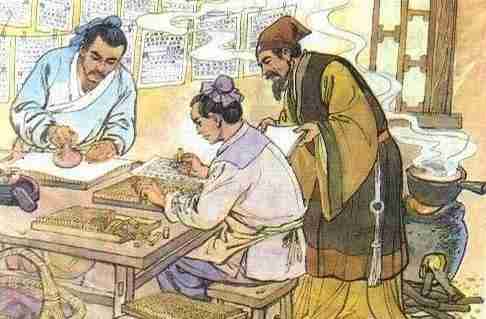
Another Chinese invention that had a huge impact on human history is the printing process, more specifically the movable type printing. Earlier on, during the Tang dynasty, the printing technique used was woodblock printing. This technique was, however, expensive and time-consuming. For this reason, during the Song Dynasty (960-1279 AD), a man called Bi Sheng came up with movable type printing.
This technique was quicker and easier and involved individual movable characters that would print a page and then be broken down and redistributed to print another page. The movable pieces were made of clay, hardened by fire, and glued on an iron plate. This rapid printing technique spread across Europe up until the Renaissance period and from there it spread to the rest of the world.
Mechanical Clock.
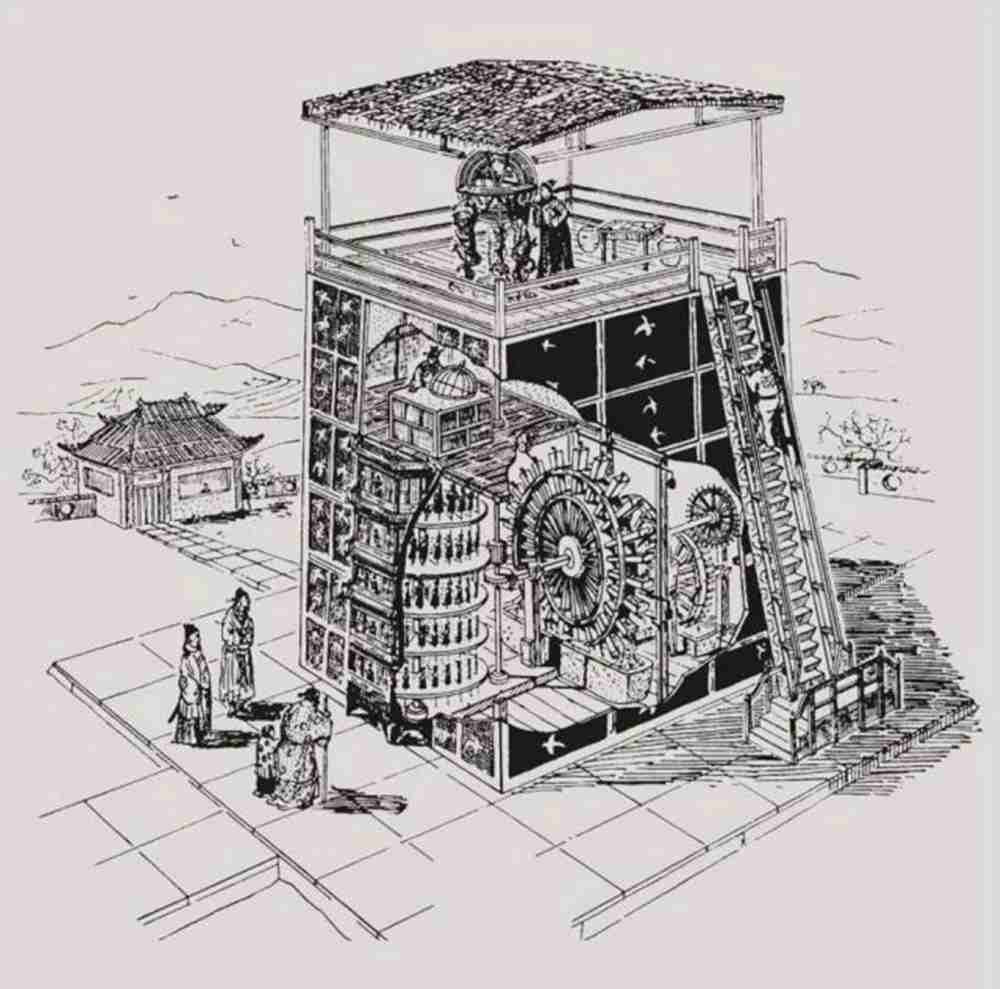
Today, timepieces are digitized with fewer and fewer people seeing the need of putting on a watch as opposed to looking at their phones for the time. Clocks have, however, been in existence for a long time. The first machine to have existed in the world was made in China. It was a water-driven Spherical Birds clock invented in 725AD by a Buddhist monk called Yi Xing.
The clock operated through dripping water used to power the wheel that revolved fully in 24 hours. Centuries later, in 1902, an inventor by the name of Su Song, developed the Cosmic Empire, a more sophisticated clock. It was not until 2 centuries later that the creation of a mechanical clock found its way to Europe.
Alcohol.
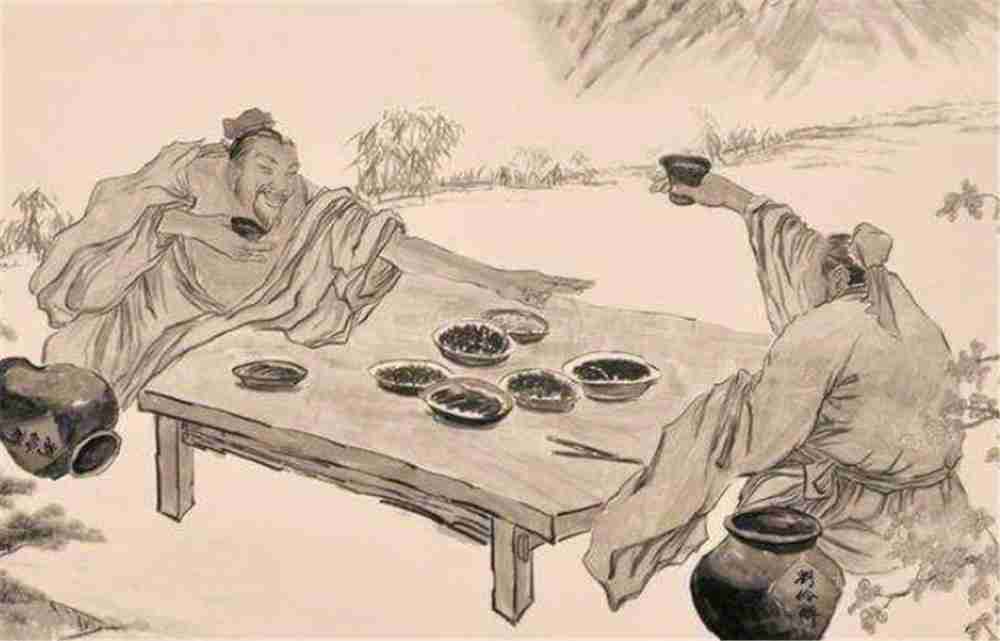
Although Arabs are believed to e the first brewers of alcohol in the world, alcohol already existed in China long before it was discovered in Arab. This is based on a recent archeological finding in 2013 of 9,000-year-old pottery discovered in Henan with traces of alcohol on it. This discovery proves that alcohol existed in China 1000 years before the Arabian begun brewing.
Known as Jiu in Chinese, alcohol was mainly used as spiritual offerings to the ancestors and the Heavens, in Ancient China. Studies also show that the Ancient Chinese widely consumed beer with about 4-5% alcoholic content. This is proven by the oracle bone inscriptions from the Shang dynasty that indicate the same.
Silk.

Silk is one of the oldest fabrics to have ever existed and was mainly associated with wealth and royalty. This soft-flowing fabric originated from China as far back as 6000 years ago. The earliest evidence of its existence was among the Yang Shao, a cultural group in Xian-Xian county, Shanxi Province. There a silk cocoon cut in half was discovered and found to date back between 4,000-3,000 BC.
Over the years, the Chinese mastered the sophisticated art and technique of silk weaving and made it a closely guarded secret. In Ancient China, silk was a very important commodity and traders from the west had to pay in gold, the same weight of the silk to acquire it. The famous Silk Road was formed as a result of businessmen transporting silk from China to the West for many centuries.
Tea Production.

While in China, something you must do is drink tea. The Chao Dao or traditional art of making Chinese tea is a wonderful and calming process to watch. Tea is an integral part of Chinese culture. Based on old Chinese legends, it is believed that tea was first discovered in China in 2,737 BC by Shennong, who is also know as the father of agriculture. The world’s largest and oldest tea tree that’s 3200 years old can be found in Lin Cang, China.
By the Tang dynasty, tea became a popular drink that all the social classes could enjoy. Lu Yu, from the Tang dynasty, even wrote a book that detailed how to cultivate and drink tea and the different classifications of tea. The book was titled Cha Jing, ‘The Book of Tea’, and was considered the first monograph about tea in the world.
Rockets.
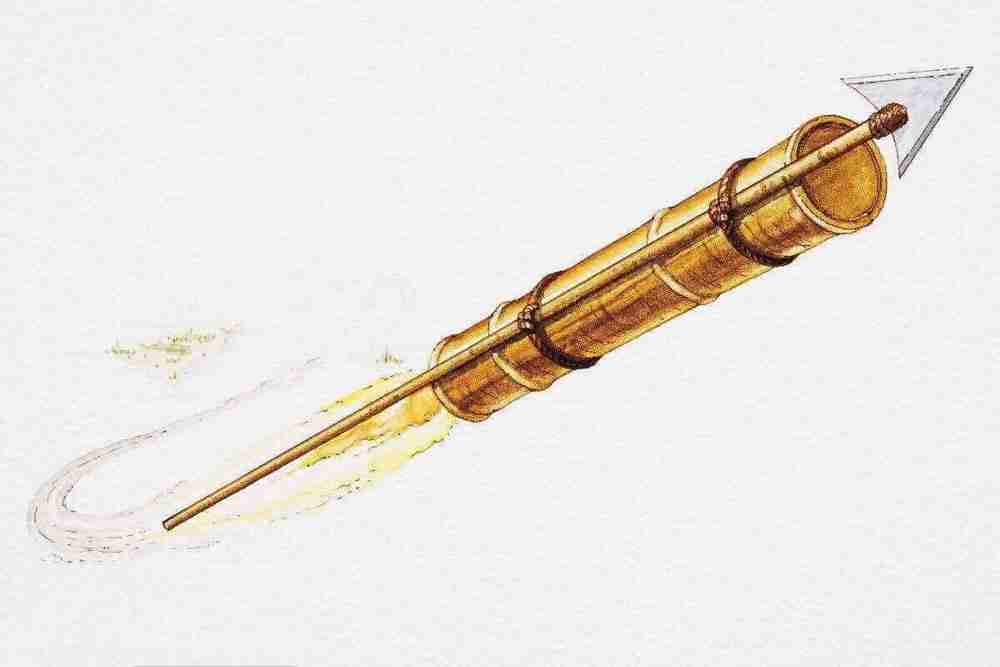
While Neil Armstrong may have been the first man on the moon, the idea of building rockets didn’t start in the US. China is considered the hometown of rockets. Chinese inventors were the first to come up with rockets that they made by applying a counter-force produced from ignited gun powder.
By the Song dynasty, after the invention of gun powder, the Chinese used the powder to make rockets. They would stuff the gun powder in a paper tube that was attached to an arrow and launch it with a bow. These types of ancient rockets were later developed and improved to be widely used for both military and entertainment purposes in China.
Umbrella.

Another common item we use in our daily lives is an umbrella. These were invented in China as far back as 3,500 years ago. The earliest forms of umbrellas used in China were heavy and not easily moved around. There were those made of paper and later of silk.
The first movable umbrella, however, as legend has it, is said to have been invented by the wife of a carpenter named Lu Ban. She was inspired after watching children playing in the rain, using the large lotus leaves as shelter. She and her husband then created an umbrella made of a flexible framework that was covered with clothing. Years later the use of umbrellas spread throughout Europe and then later to the rest of the world.
Paper Money.
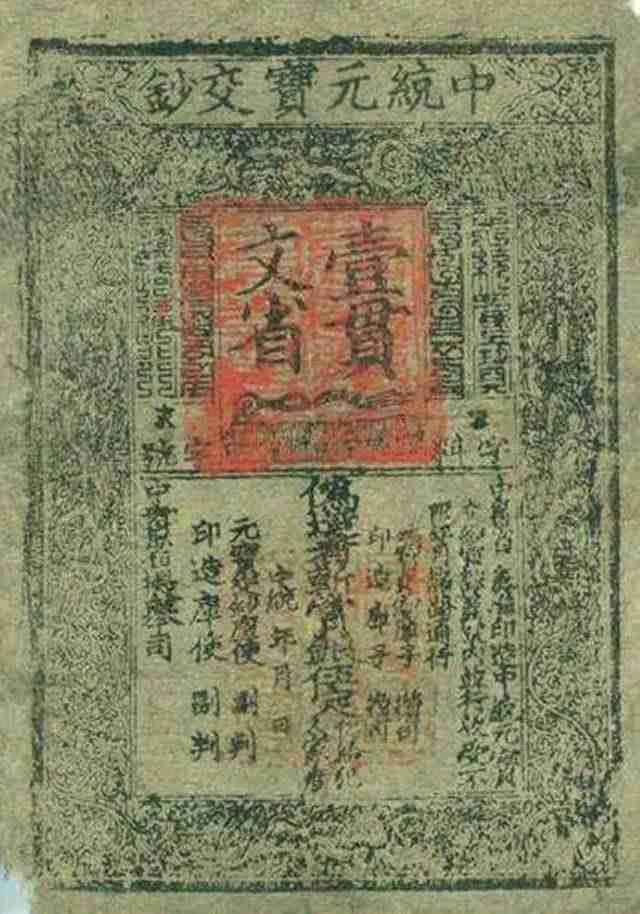
Although today every country uses paper money, it was first developed in Ancient China around the late 8th century and early 9th century. The earliest form of paper money was a privately issued bill of credit of exchange certificate. It was inspired by the fact that merchants needed an easier way to carry around their metal coins especially over long-distance trades.
The paper bills made it easier since all the merchants needed was that bill. They would deposit their coins at the capital and be issued an exchange certificate indicating how many coins were deposited. The merchants could then use these certificates in other cities, in exchange for metal coins. The paper bills could also be used in trade.
The Kite.
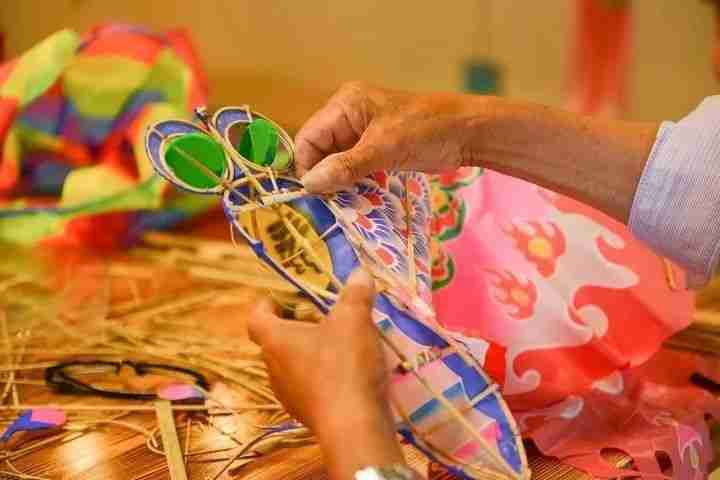
Playing with kites is part of the fond childhood memories, many of us have. Kites were first developed in ancient China over 3,000 years ago. The first type of kite was called Muyuan, or wooden kite because it was made of wood. Initially, kites were made for military purposes like signaling or sending messages to the troops or measuring distance, and testing the wind. Over time, however, kites became more of a plaything and today kite flying is an activity enjoyed worldwide.
Conclusion.
The list of inventions from Ancient China is almost endless. Aside from the ones listed here, there are others like porcelain, bronze, the seed drill, row crop farming, and iron smelting among others. All of these inventions are what helped shape world history. Were it not for these ancient Chinese inventions, the world would still be centuries behind the advanced phase we are in today.